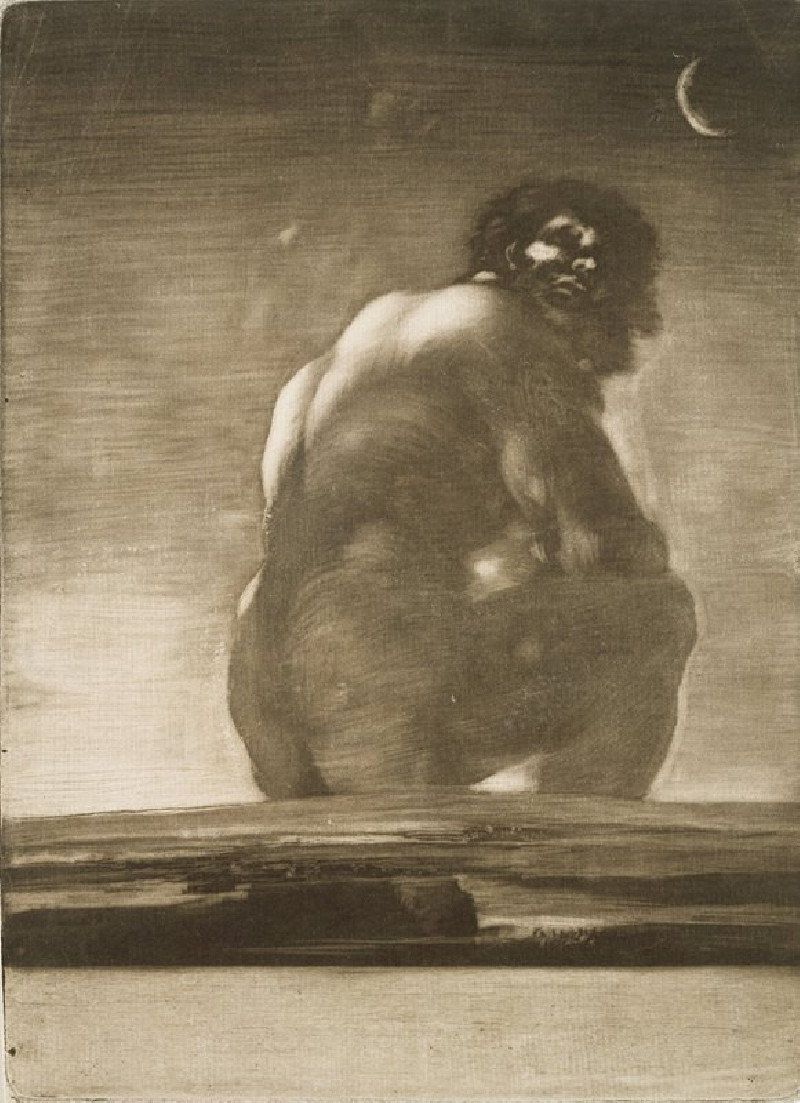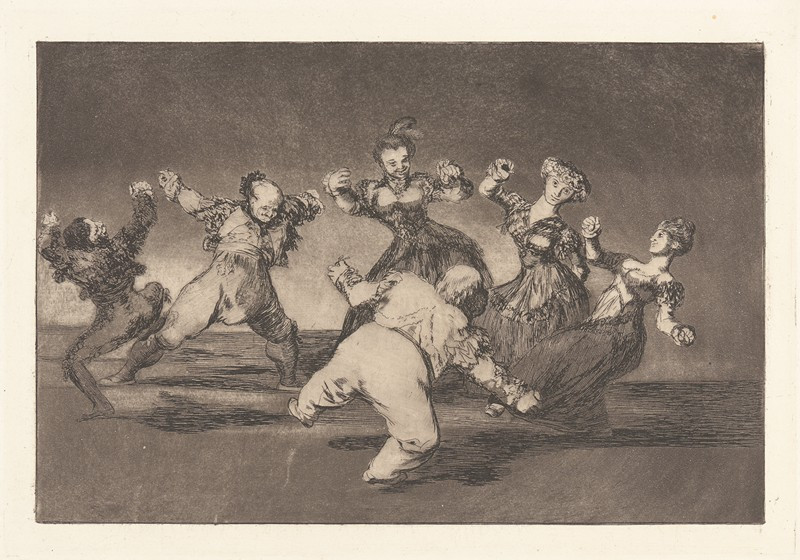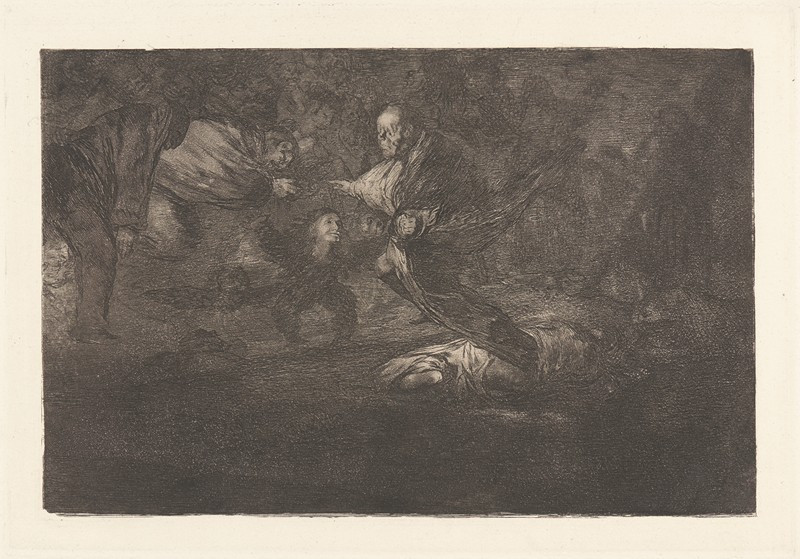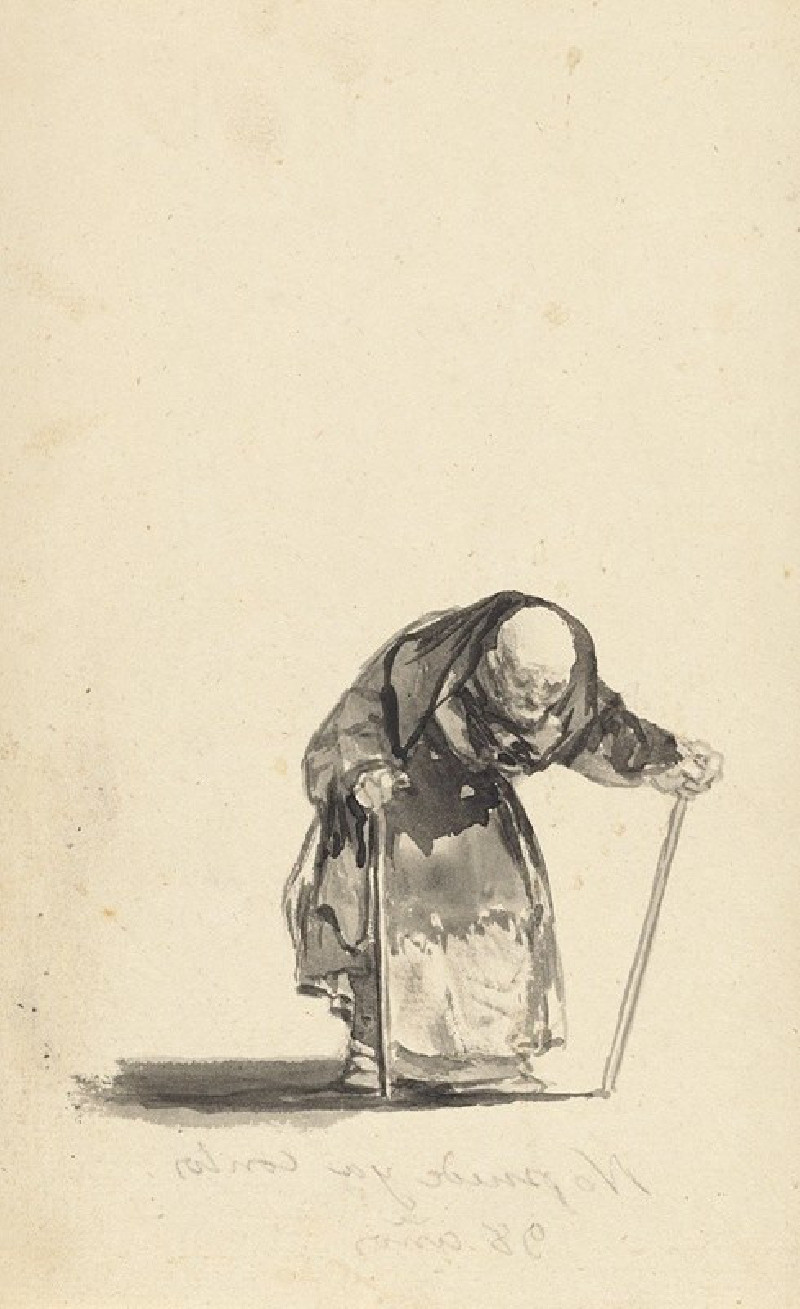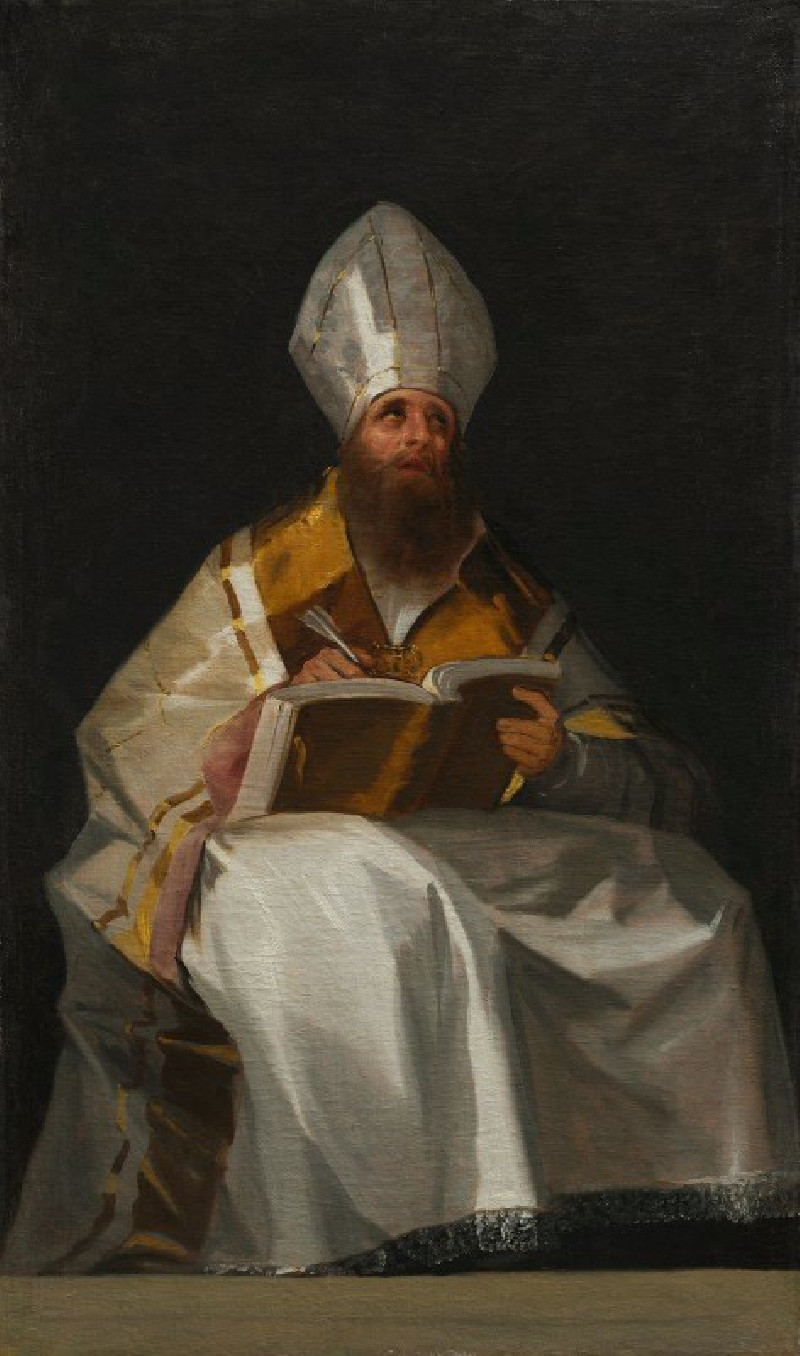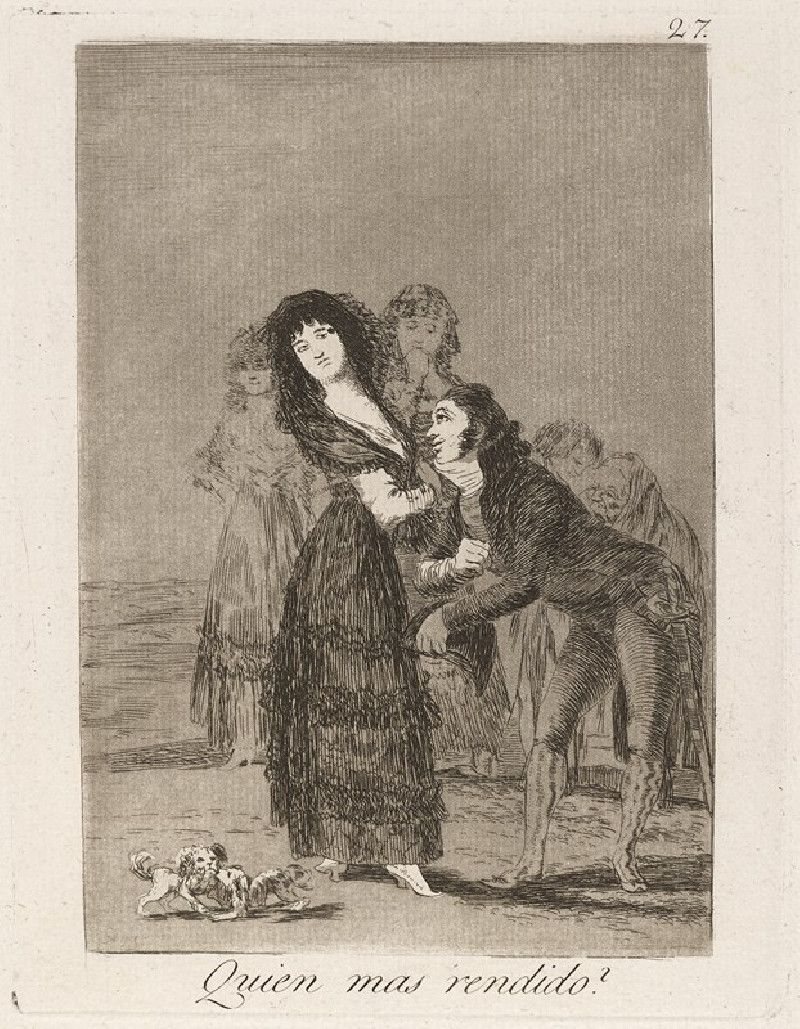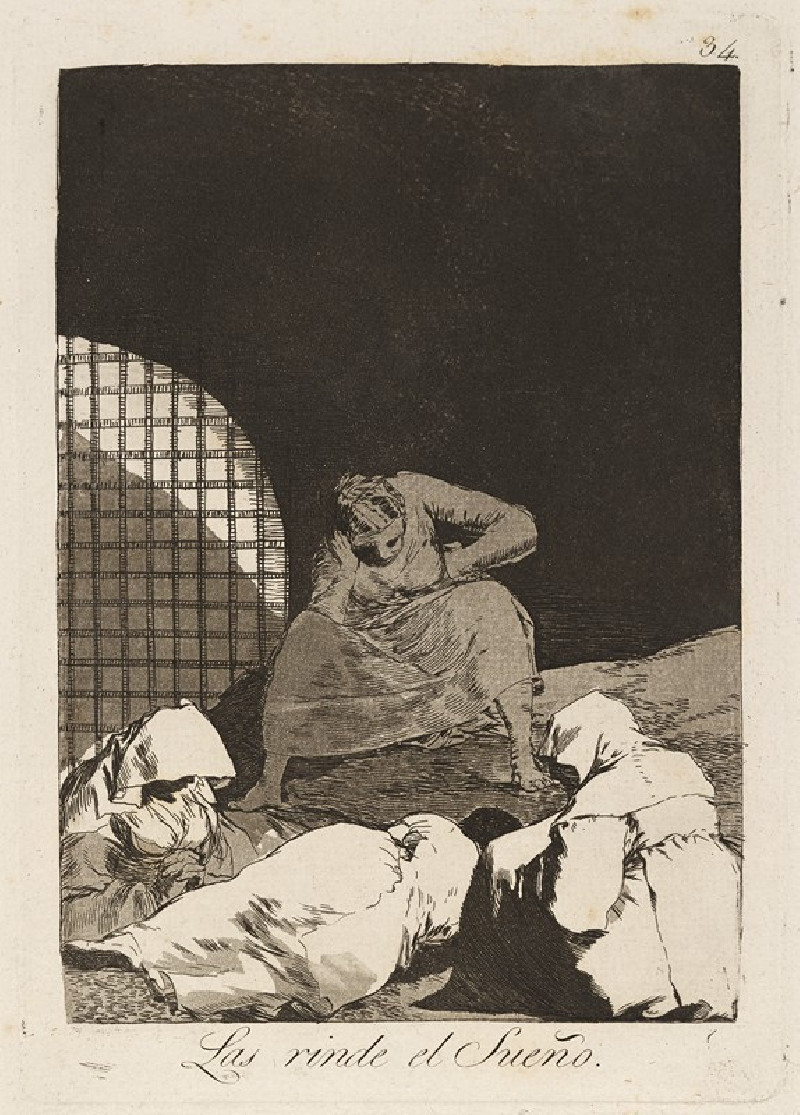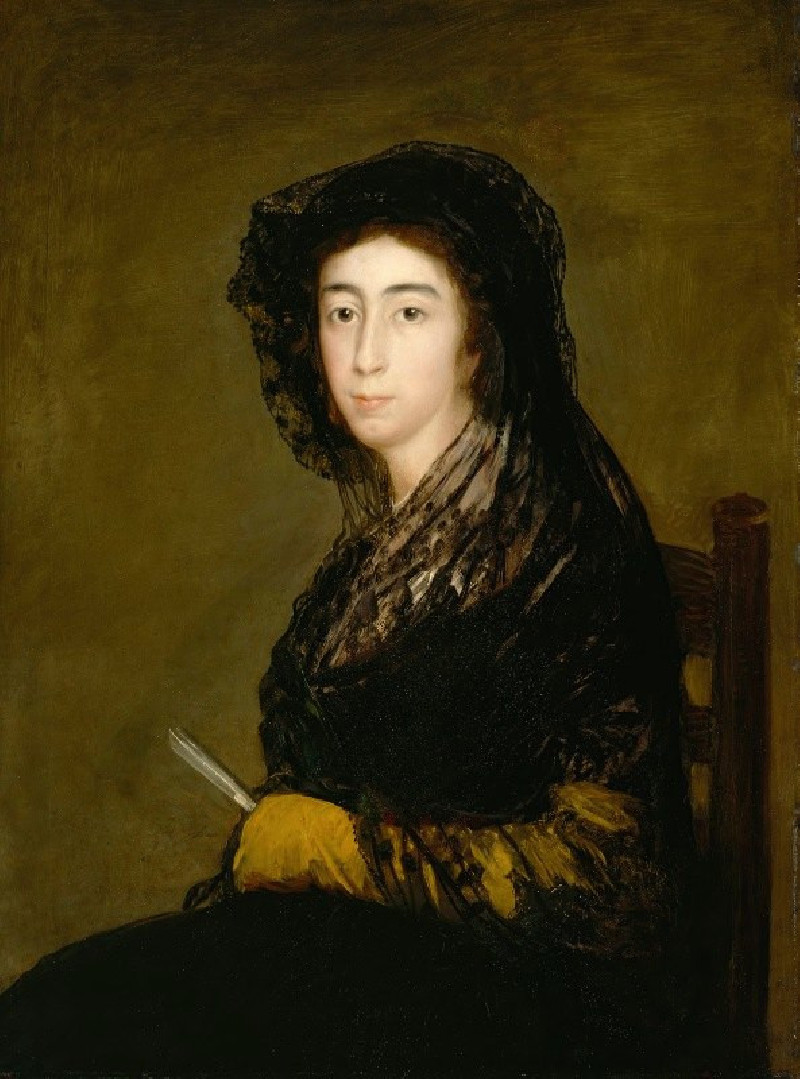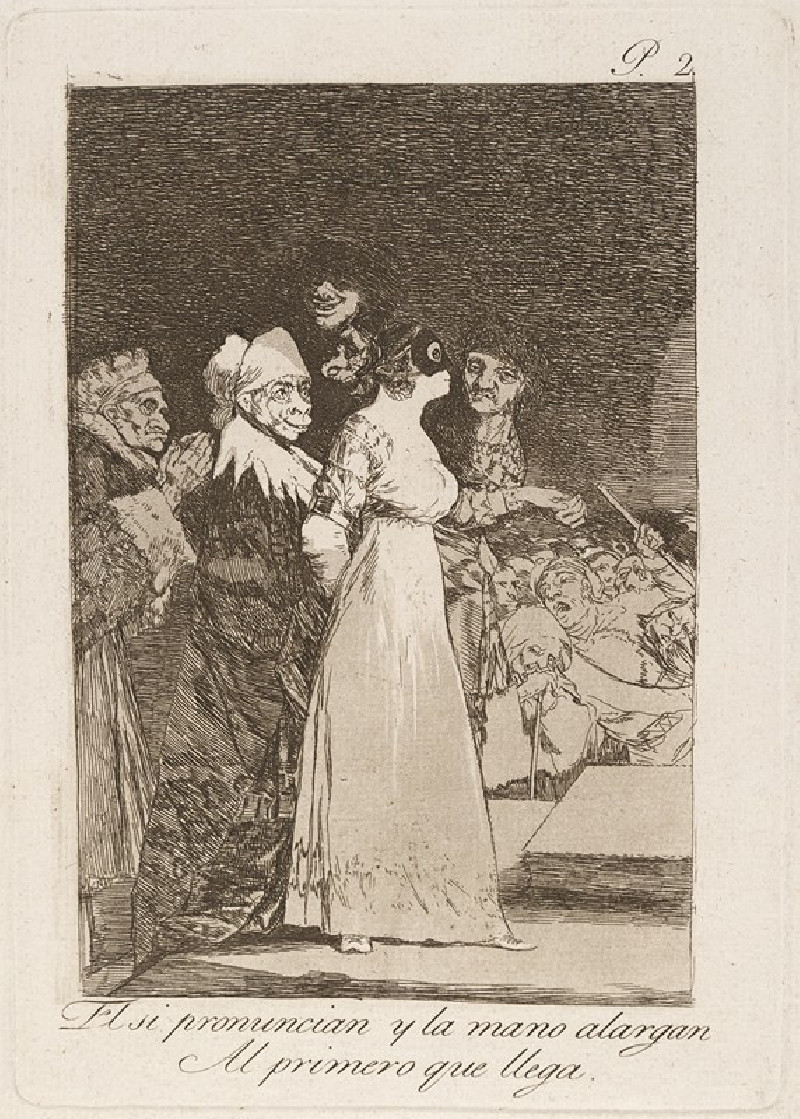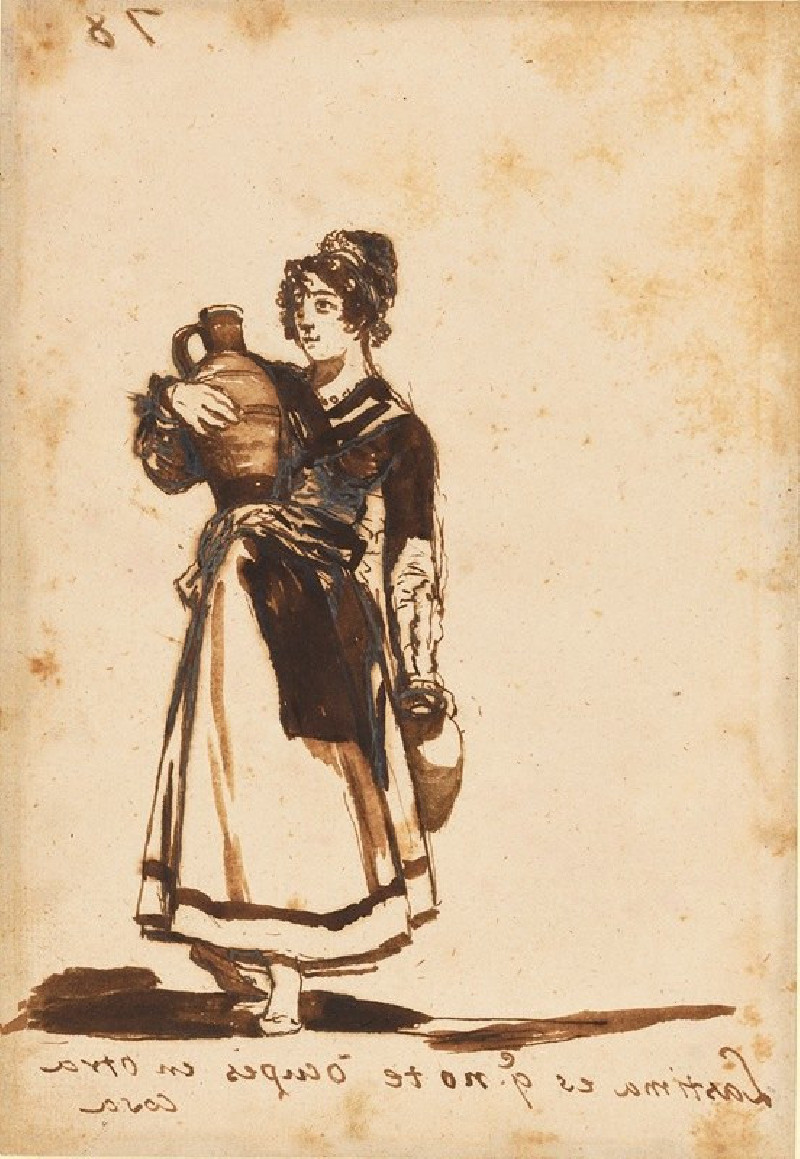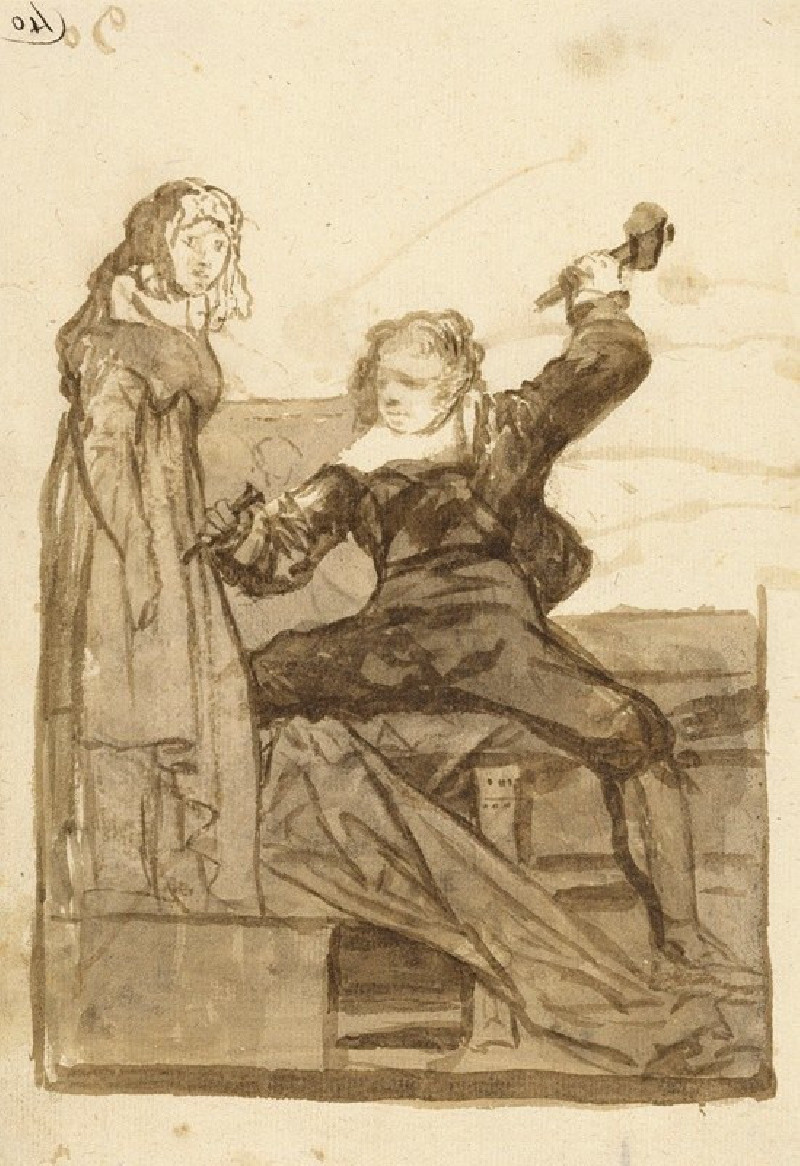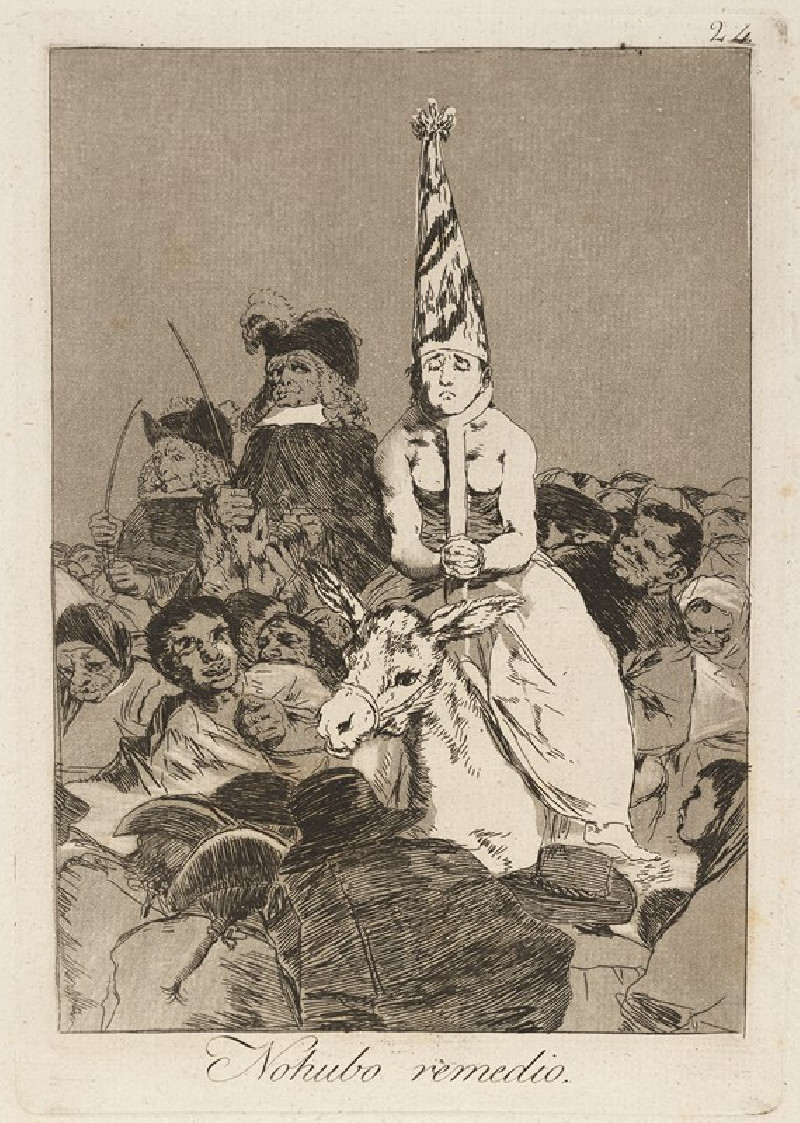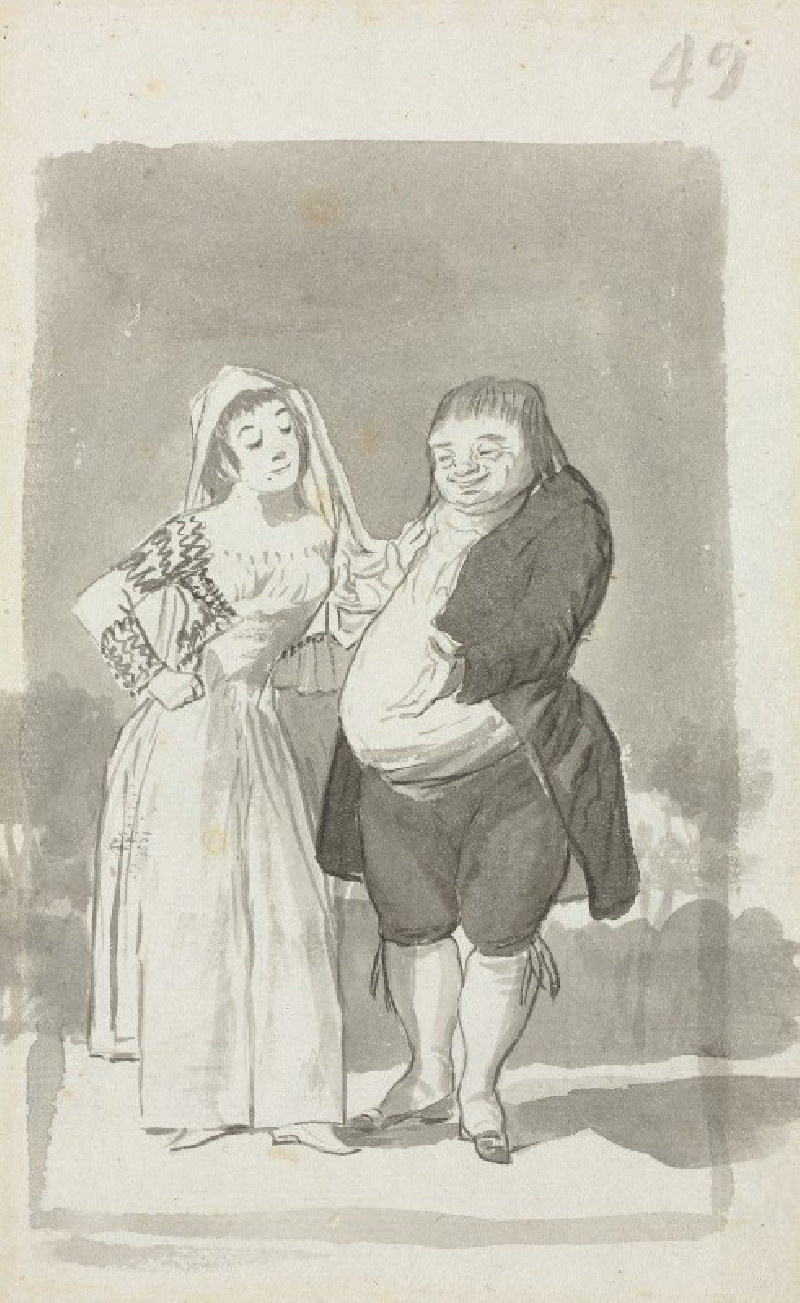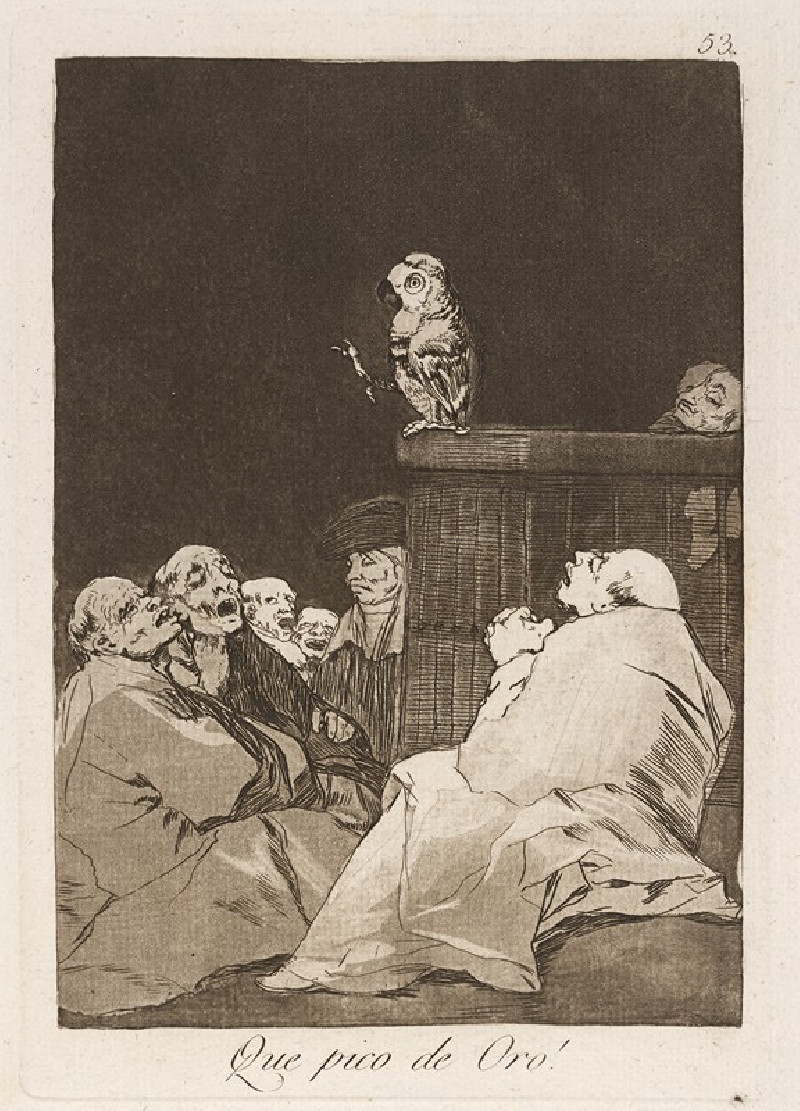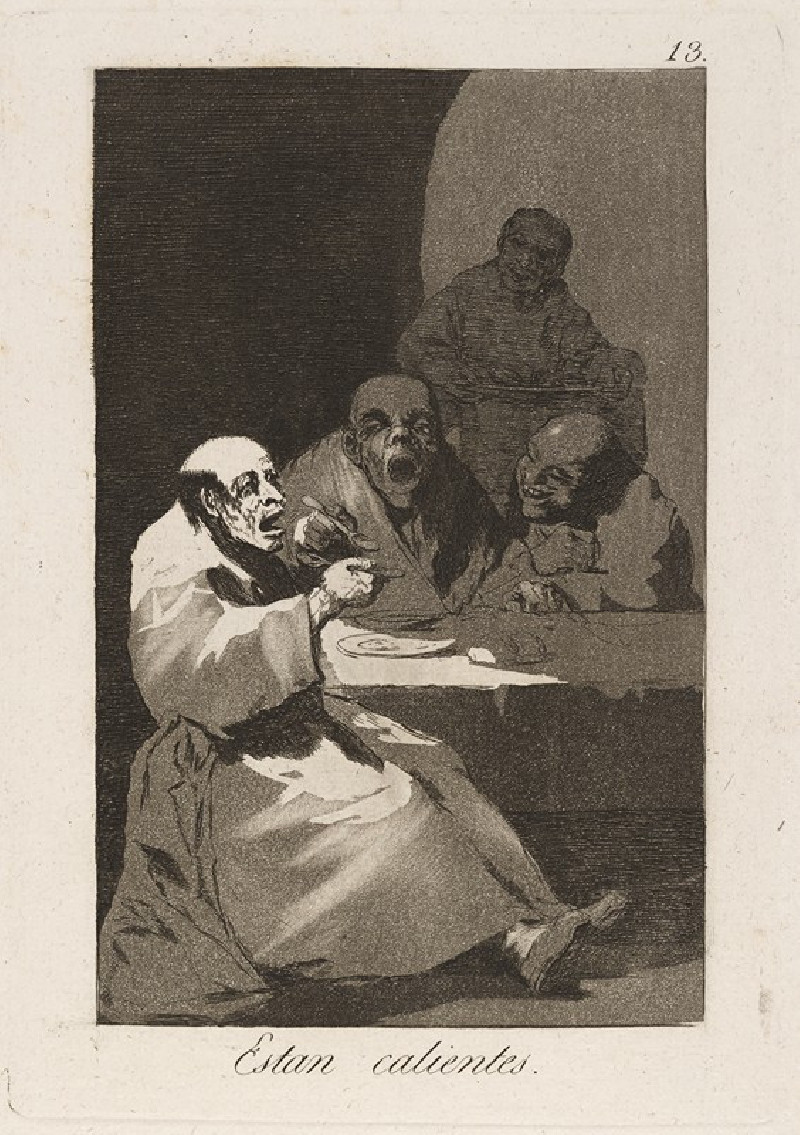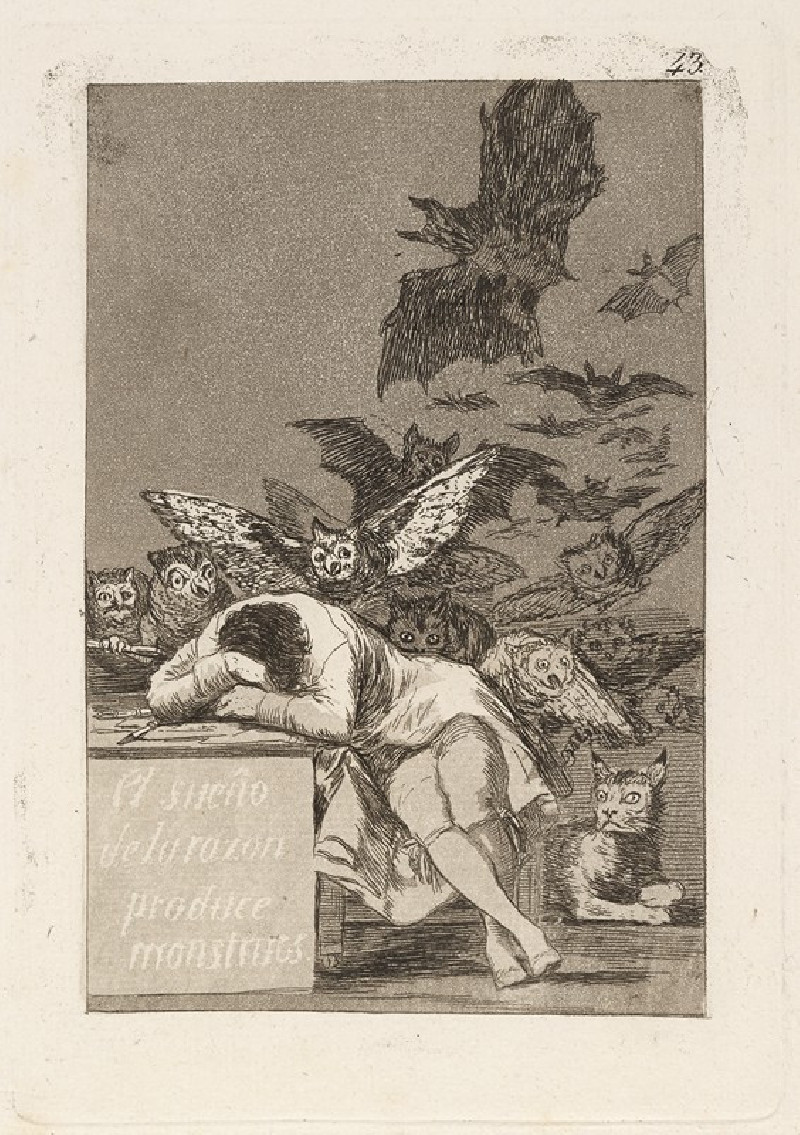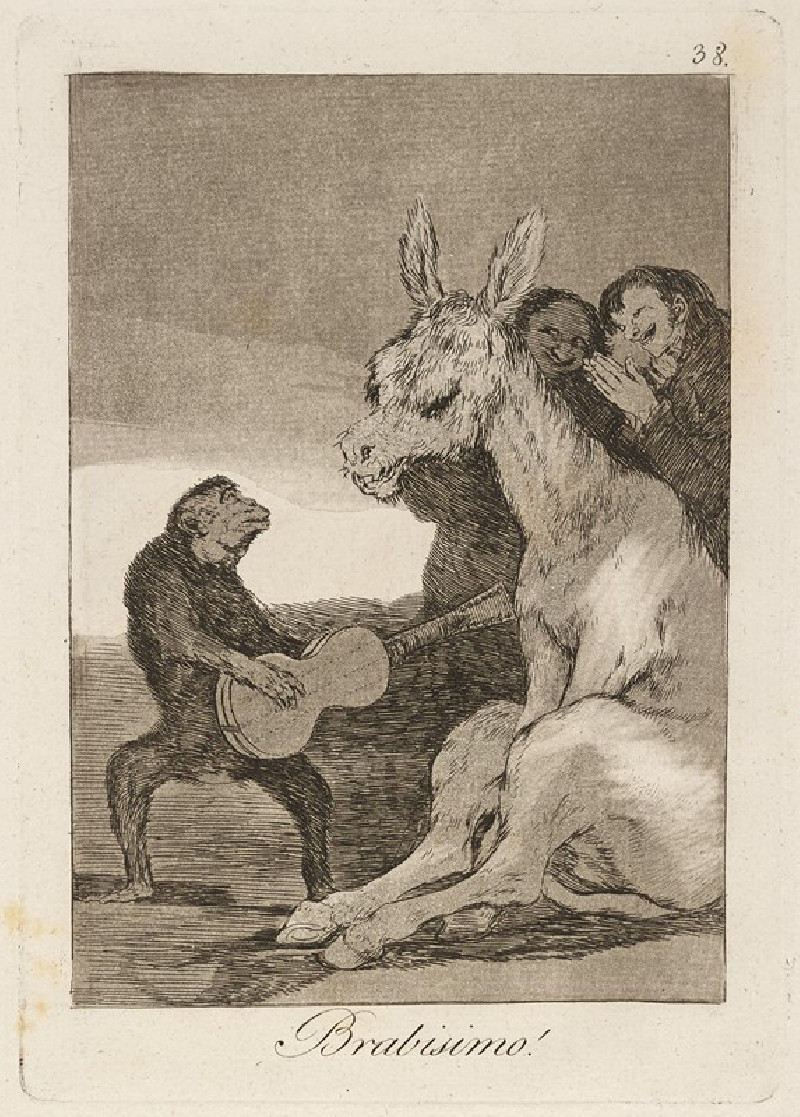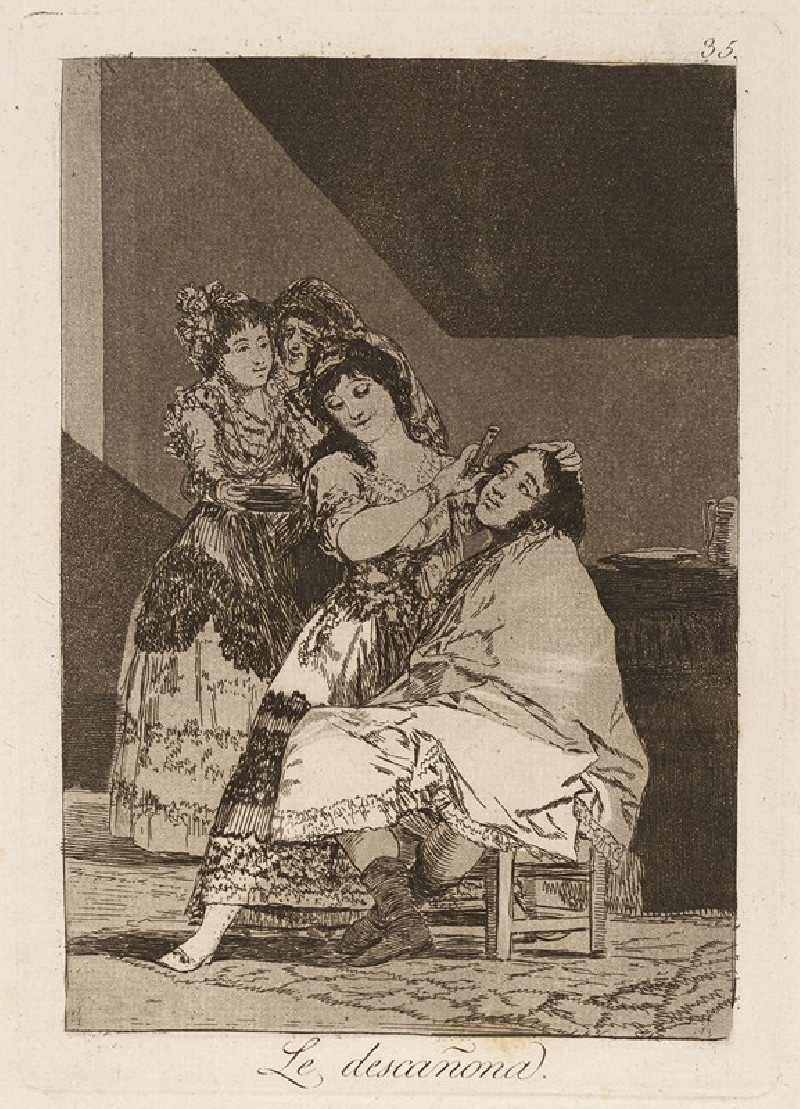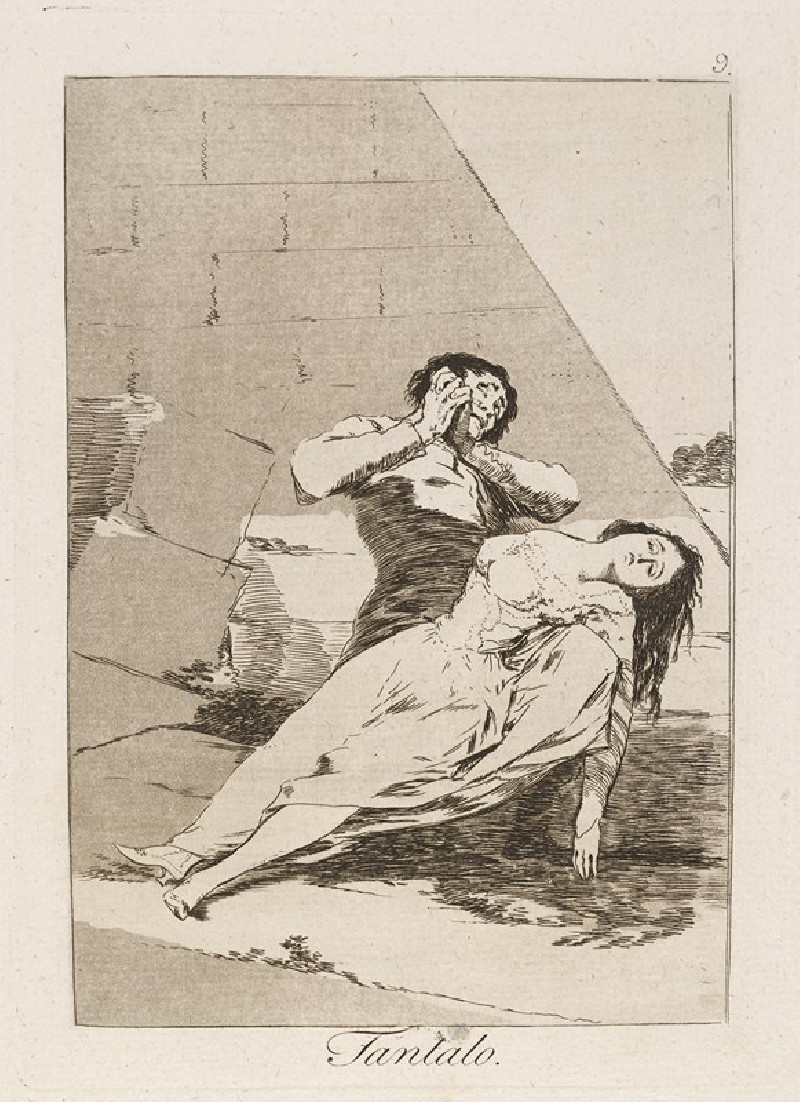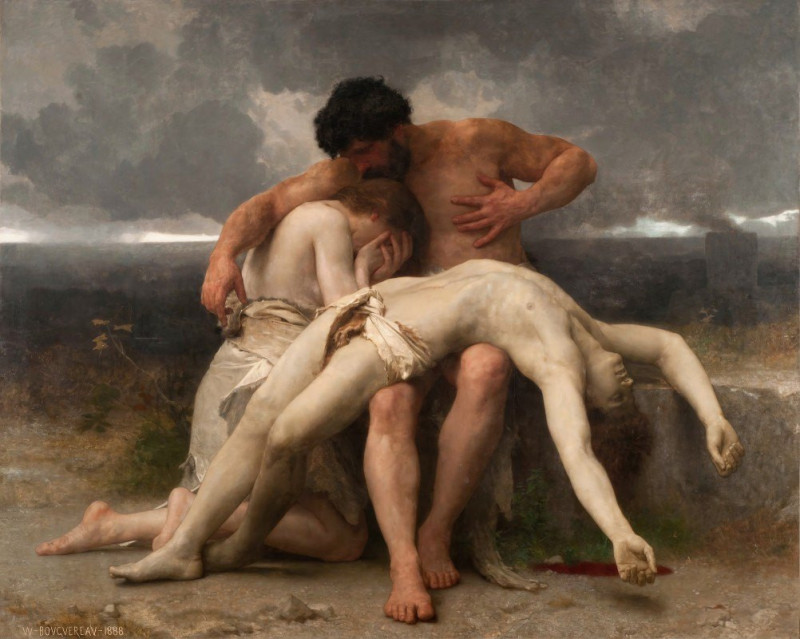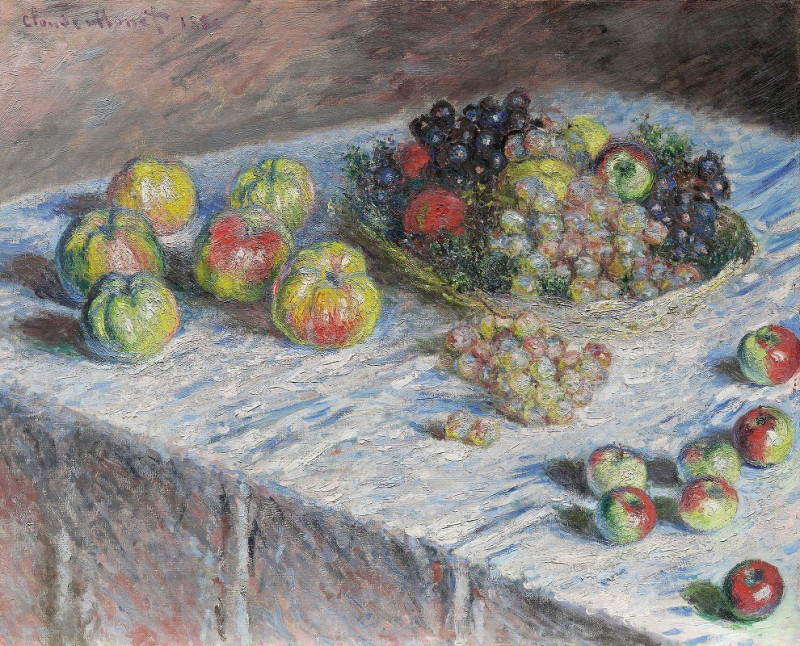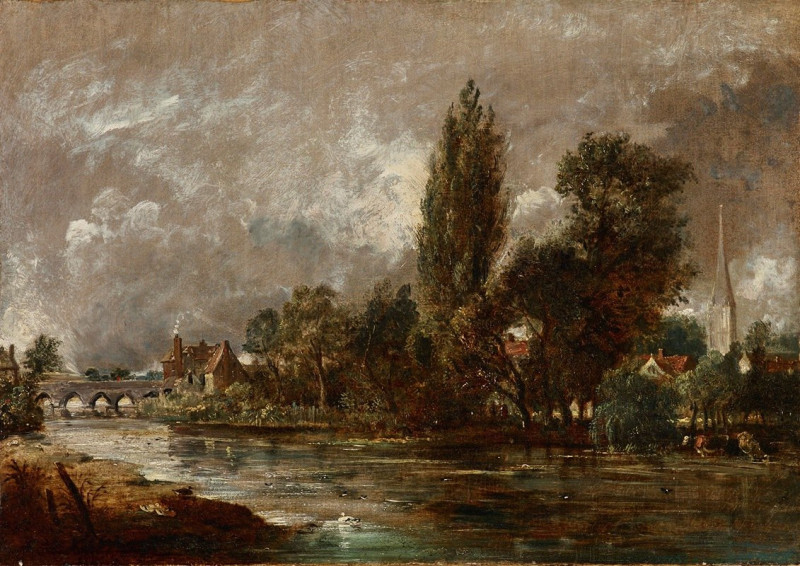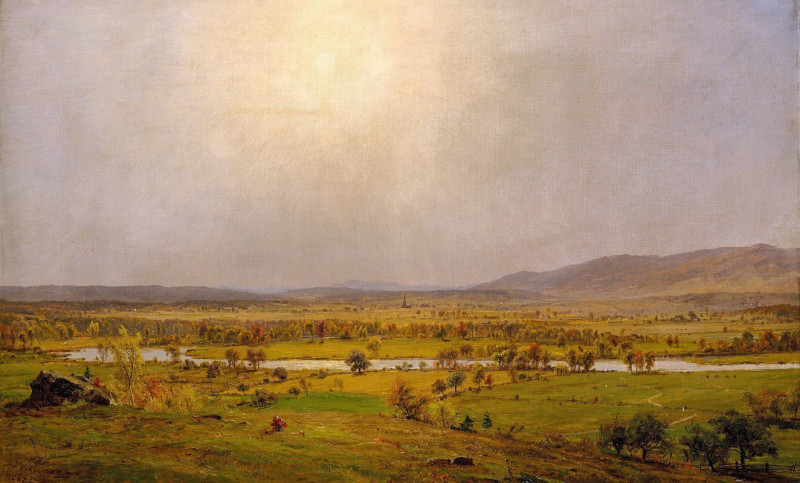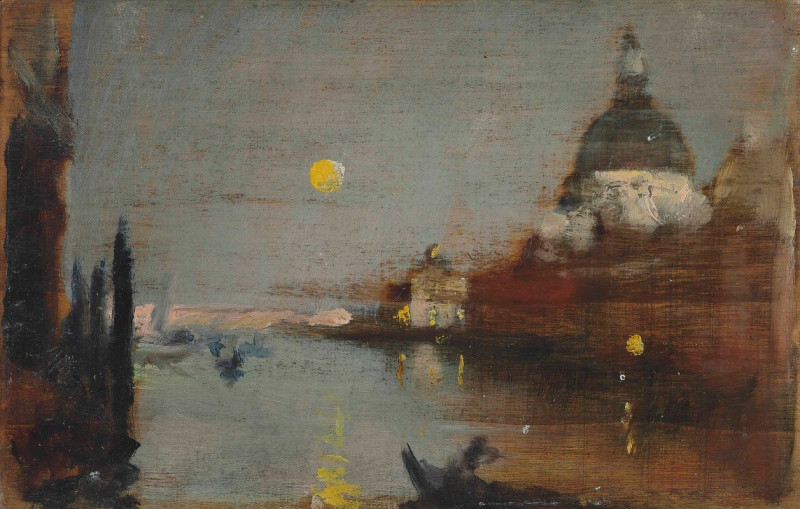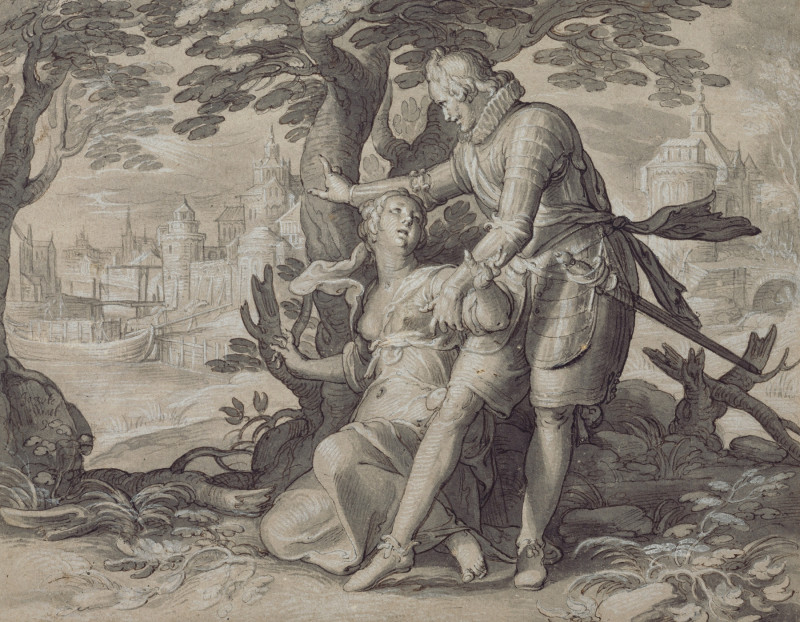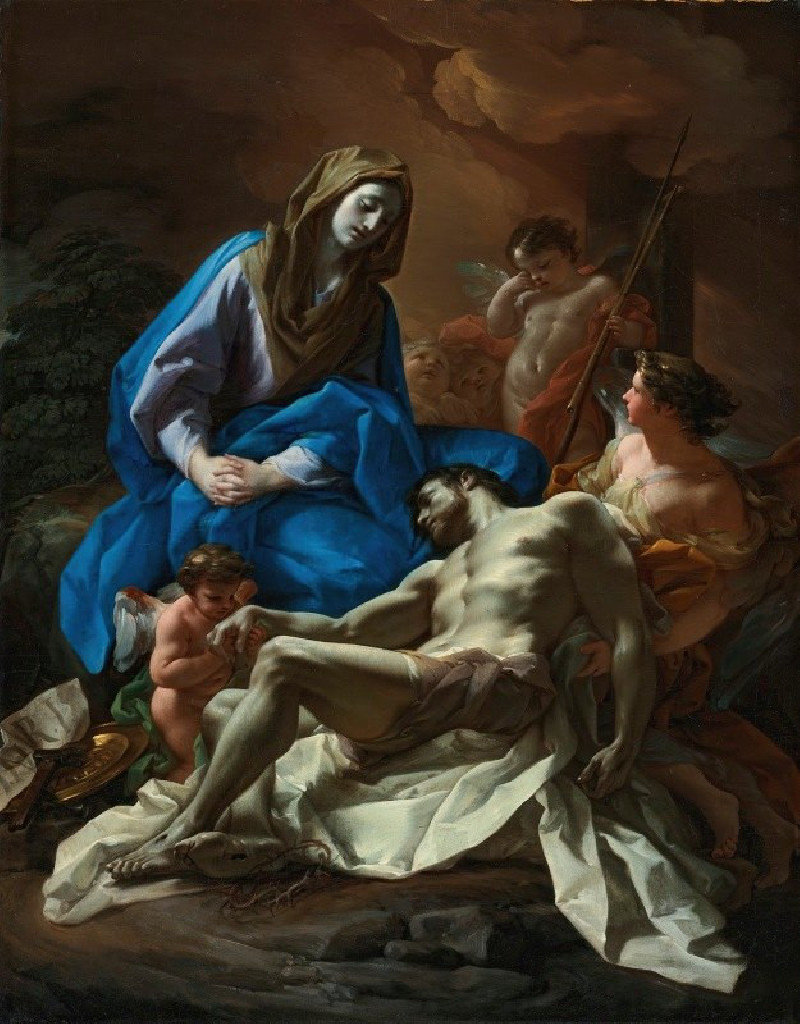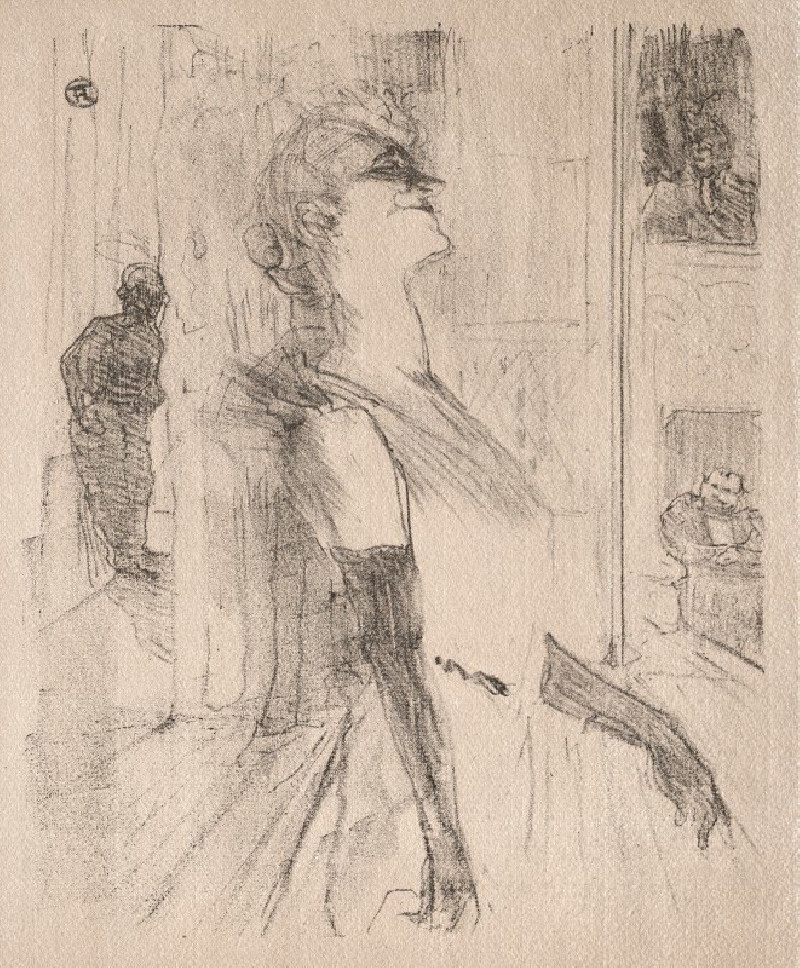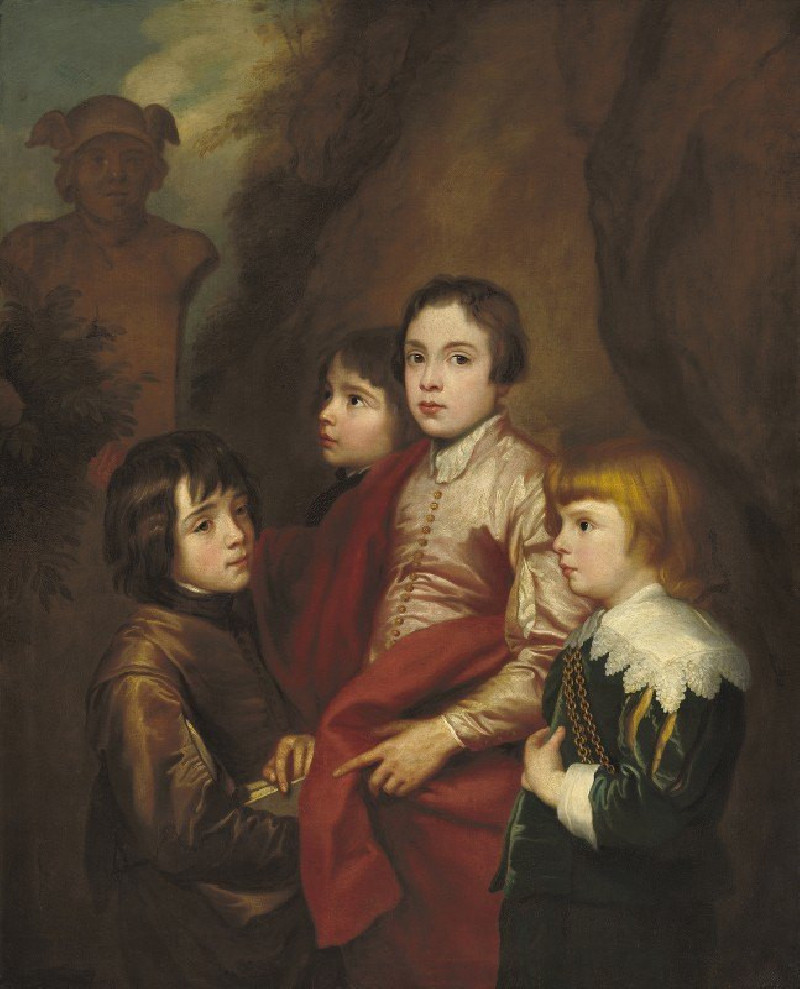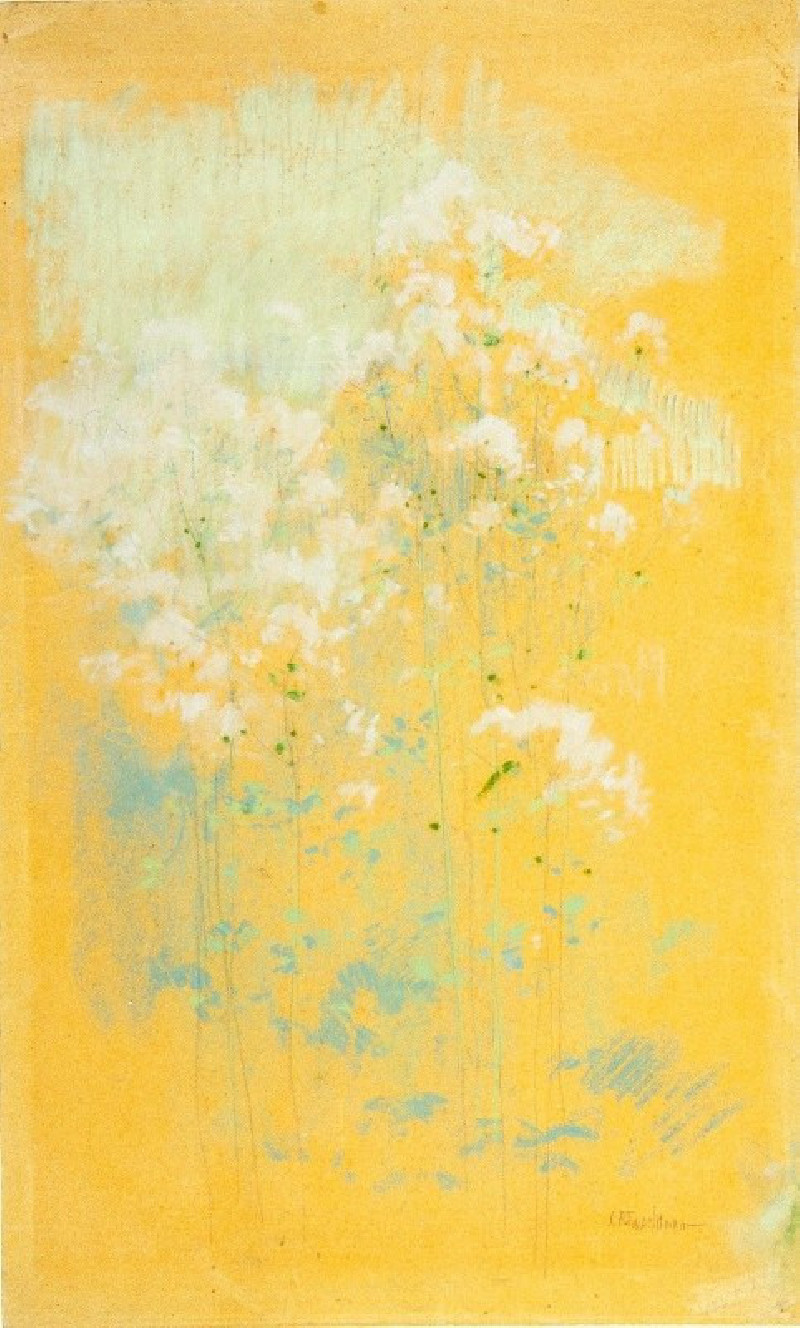Two Heads Are Better Than One [Poor Folly] (Disparate Pobre) (ca. 1813-1820)
Technique: Giclée quality print
Recommended by our customers
More about this artwork
Francisco de Goya’s etching titled "Two Heads Are Better Than One [Poor Folly] (Disparate Pobre)" from around 1813-1820, is part of his provocative series of works known as "Los Disparates" or "The Follies." This artwork delves deep into the realms of fantasy and social commentary, illustrating the often absurd nature of human behavior.The scene depicted in the etching is both eerie and chaotic, capturing a moment where figures appear to be acting out in irrational and unexplained ways. The central characters, whose faces express a blend of alarm and bewilderment, are frantically engaged in activity that lacks clear purpose, adding to the work's sense of absurdity. A spectral figure to the left adds a ghostly, haunting element to the composition, reinforcing the atmosphere of confusion and folly.Goya's mastery of the aquatint technique enhances the dramatic contrast and texture, giving the piece a gritty, dreamlike quality that effectively conveys his critical view of the follies perpetrated by society. "Two Heads Are Better Than One" serves not only as a showcase of Goya’s artistic skill but also as a timeless reflection on the consequences of human folly.
Delivery
Returns
Francisco José de Goya y Lucientes (30 March 1746 – 16 April 1828) was a Spanish romantic painter and printmaker. He is considered the most important Spanish artist of the late 18th and early 19th centuries. His paintings, drawings, and engravings reflected contemporary historical upheavals and influenced important 19th- and 20th-century painters. Goya is often referred to as the last of the Old Masters and the first of the moderns.

![Two Heads Are Better Than One [Poor Folly] (Disparate Pobre) (ca. 1813-1820) reproduction of painting by Francisco de Goya. A... Two Heads Are Better Than One [Poor Folly] (Disparate Pobre) (ca. 1813-1820) reproduction of painting by Francisco de Goya. A...](https://reprodukcijos.lt/37228-large_default/reproduction-of-two-heads-are-better-than-one-poor-folly-disparate-pobre-ca-1813-1820.jpg)

